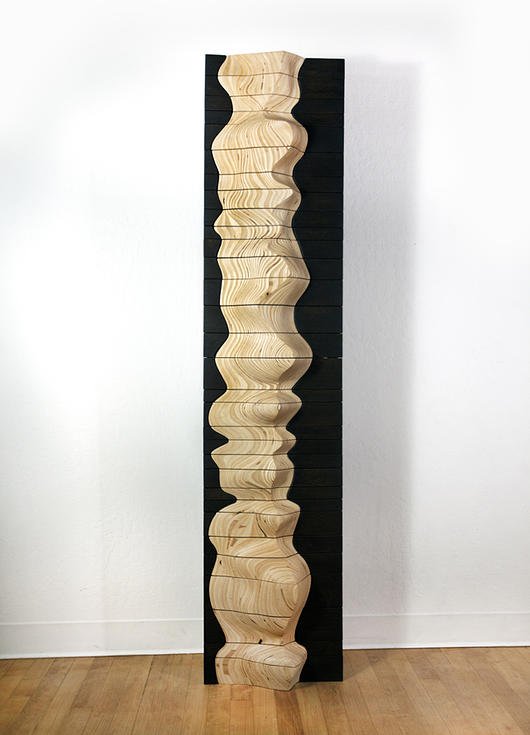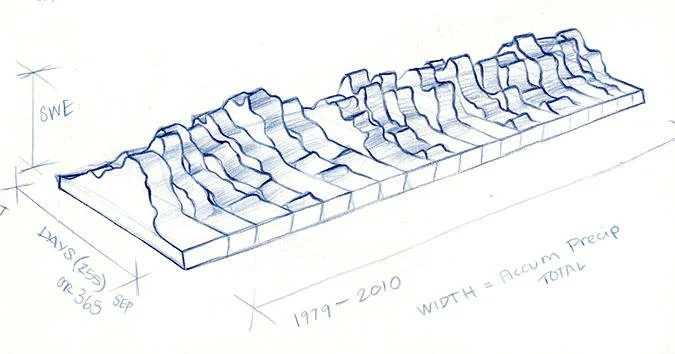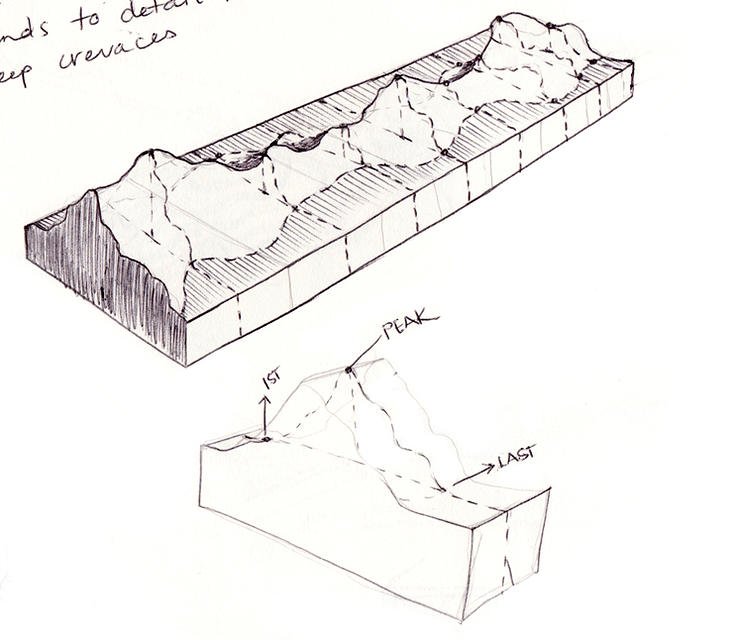The Work of Adrien Segal
“For more than 99 percent of our history as a species, we evolved in a natural — not in an artificial or human constructed or created — world, and therefore we became deeply attuned to the resident rhythms and stimuli that originate in the natural world…”
I’ve recently come across this statement after picking up a book by Stephen Kellert, standard bearer of the emerging movement of biophilic design.1 It’s a reminder that what we consider our everyday world is actually a rather foreign place to us. We are creatures emerged from the wild, slowly domesticating ourselves in the way one might train a vine up a staff. For us, the staff is our built environment, which is today largely the product of industrial process and lowest common denominator economics… All of which is to say, radically different from the environs in which we evolved. While it can certainly be argued that this development was possibly inevitable and perhaps even necessary, Biophilia would suggest that the next great step forward is to reconsider the vast awareness we’ve seemingly left behind. In doing so, we look now at this planet that bore us as near strangers: searching for threads to guide us back into the fabric.
It seems Adrien Segal has picked up one of those threads. She is an artist whose engagement is centered on data-based (or data-derived) sculpture,2 where the source data are typically recordings of either natural phenomena (the sway of a river) or human interaction with the land and its resources (think water usage, for example). She graciously paid a nascent Superfab a visit during a recent visit to Portland, and her work and ways remain a real inspiration to us. Fine examples below…

While she works with steel and other materials (check this one!) as often as she does wood, these particular pieces show the capabilities that CNC routing has to offer exceptionally well.


You can see more background/process here.
“Investigating places where humans and nature overlap, I create art as a means of inquiry, to challenge our understanding of the natural world and our complex and evolving relationship with the environment.”
This piece was executed while in an Artist's residency at the Oregon College of Arts and Craft. The milling work was done by our comrades at The Good Mod. They've got some great furnishings over there and offer a heck of a lot more than just that - a case in point is this CNC line drawing by their own, Spencer Staley.
Keep doing the good work, Adrien.
Deep Respect!
1 An interview from last year makes for an easy (and brief) introduction. The book I'm musing on is called Birthright. 1 An interview from last year makes for an easy (and brief) introduction. The book I'm musing on is called Birthright. 2 This is the practice of translating information into physical form, crafting 3-dimensional articulations of sets of data. Graphing data is traditionally a 2-dimensional affair, and when asked where to look for guidance in the process, Ms. Segal suggests Edward Tufte as a good place to start. 2 This is the practice of translating information into physical form, crafting 3-dimensional articulations of sets of data. Graphing data is traditionally a 2-dimensional affair, and when asked where to look for guidance in the process, Ms. Segal suggests Edward Tufte as a good place to start.









